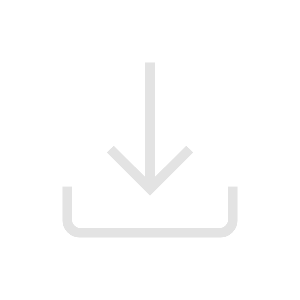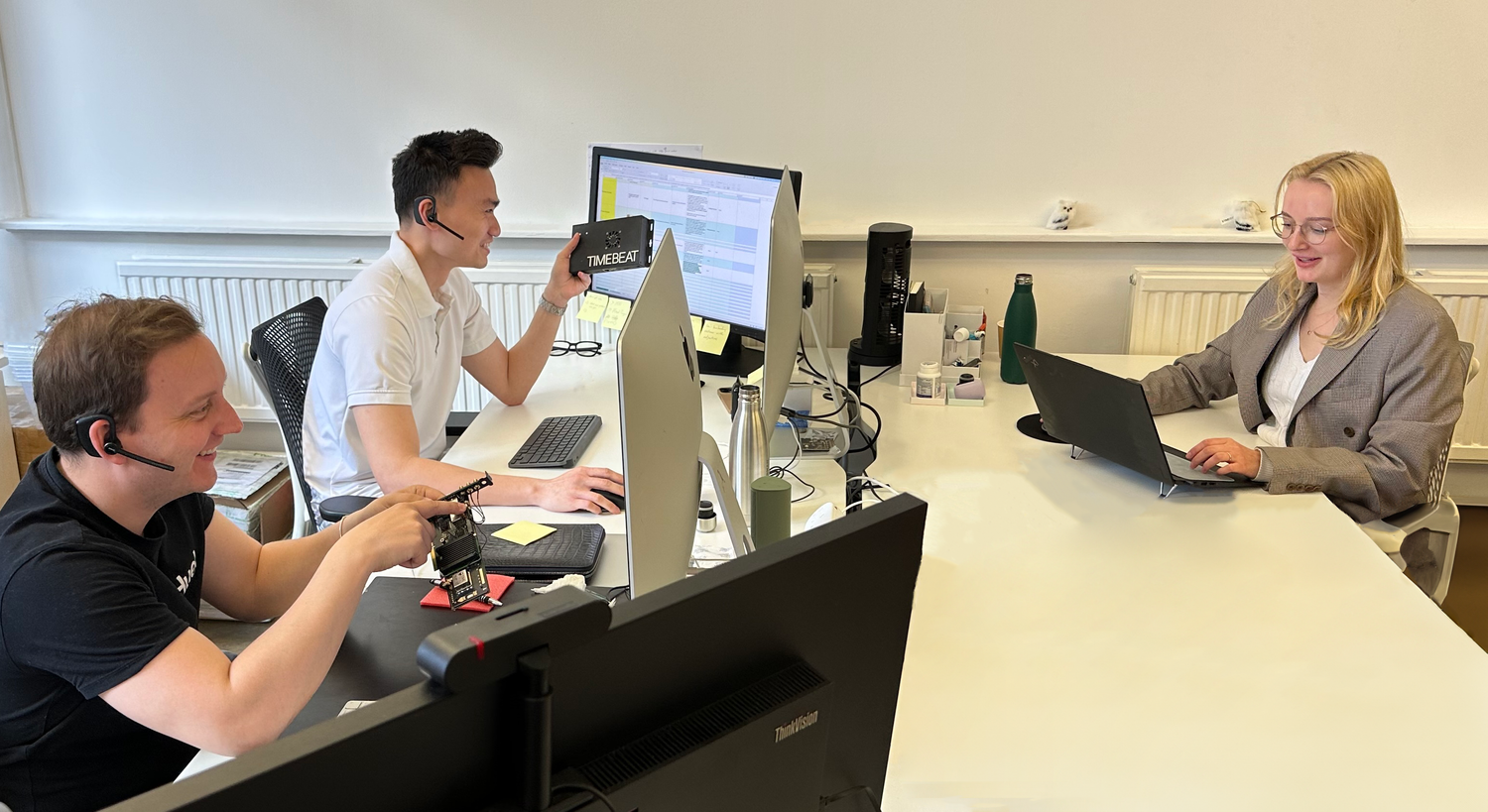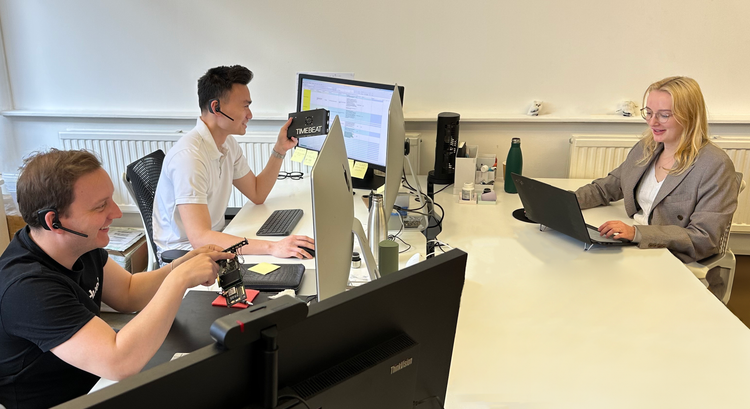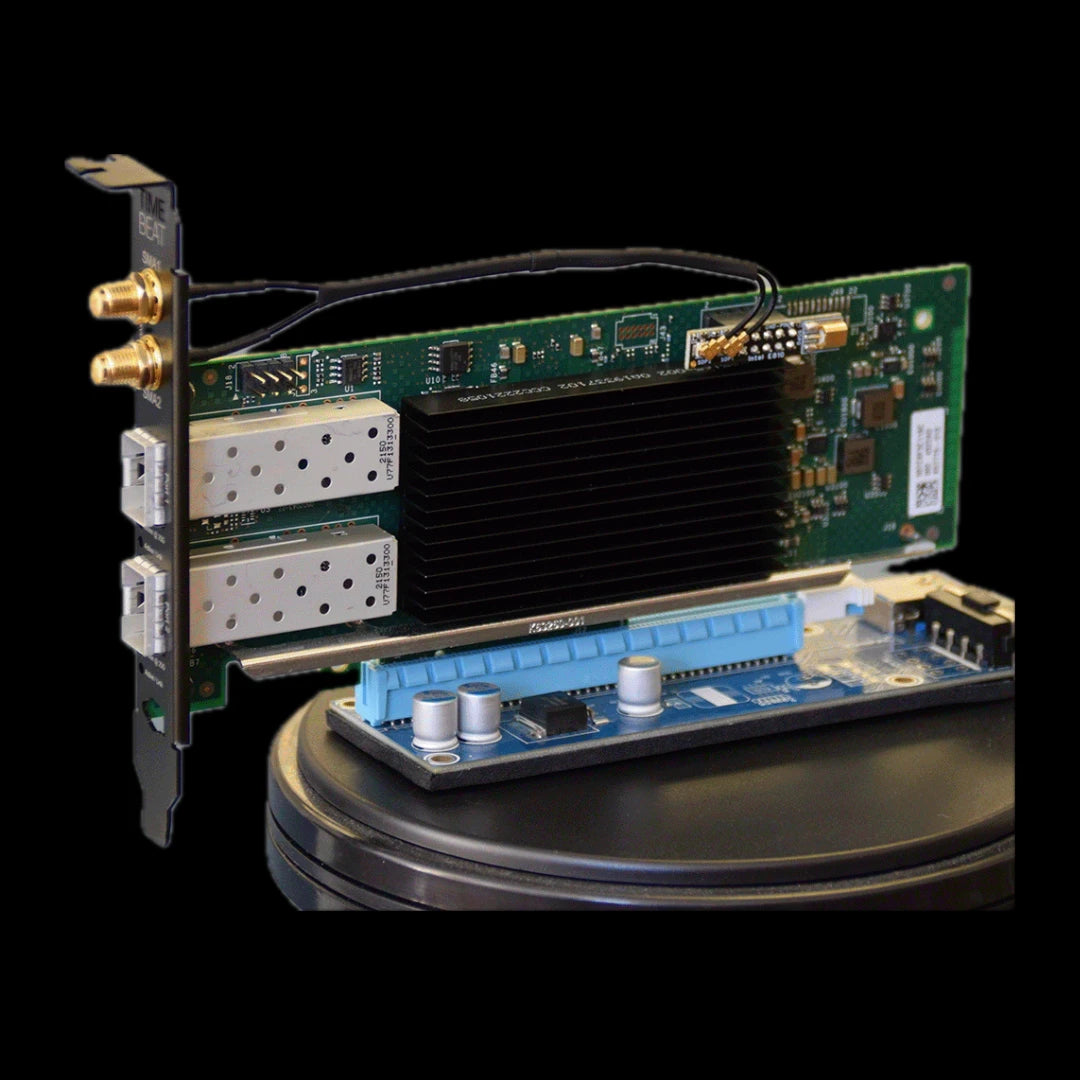OPEN TIMECARD MINI 2.0
The high-performance PTP and NTP Grandmaster Clock in a small and compact form factor, provides robust and accurate time synchronisation and distribution. This second generation of the Open Timecard Mini ecosystem provides multi-band GNSS receivers with proven performance, up to 5ns accuracy to UTC and 5 ppb holdover capability.
No customization has been created for this 3D model.
You can create a customization now by clicking here
(Don't worry! Your customers will not see this error message on your store store.timebeat.app.)

3D Configurator
Product Specification
Open Timecard Mini 2.0 Ecosystem

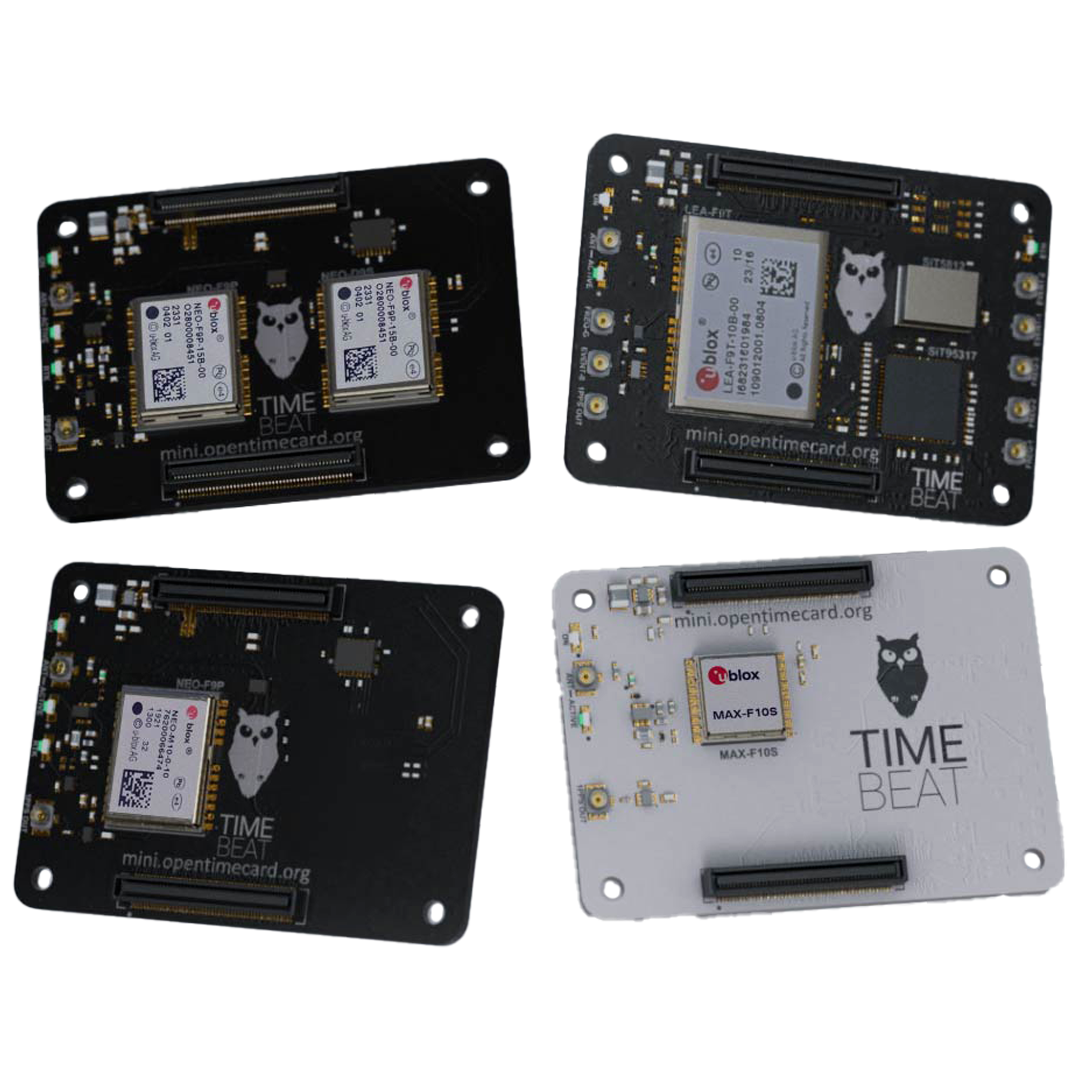
1
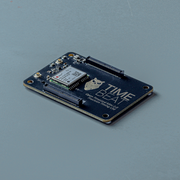
2
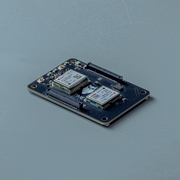
3
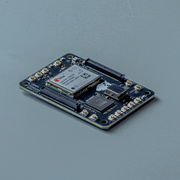
4
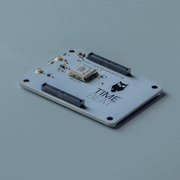
Why Open Timecard Mini 2.0?
-
Multi-PTP profiles supported
- Default & Enterprise-Draft (E2E and P2P)
- IEC 61850-9-3 Utility Profile
- IEEE C37.238-2017 (& 2011) Power Profile
- ITU-T G.8265.1 (/2) Telecom Profile
- ITU-T G.8275.1(/2) Telecom Profile
- SMPTE 2059-2 Profile
- AES67/RAVENNA Profile and more...
-
Engineered for Precision
From high-precision timing for PTP/NTP Grandmaster clock solutions, to high-precision location services for Industrial IoT and Automotive, the new mini 2.0 range has what you need
-
Multi-Reference Time Sources
Our GPS/GNSS engine supports GPS, Galileo, GLONASS, BeiDou, QZSS, and NavIC across L1/L2/L5 bands, ensuring reliable synchronisation anywhere. A cold start in just 26 seconds and 1-second reacquisition, downtime is minimised
-
Compact PCIe form factor
The 11.5cm x 7cm PCIe IO form factor makes it easy to integrate into your existing device such as PCs or servers, simplifying your workspace. Available with both half-height and full-height bracket.
How to Set Up Your Timebeat Timecard Mini
Still want our support?
-

Software Support Services
Regular price From £15,000.00Regular price





